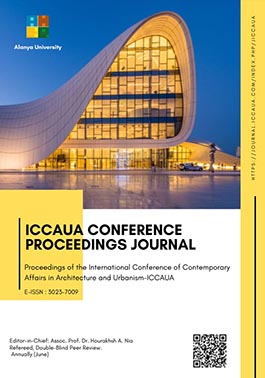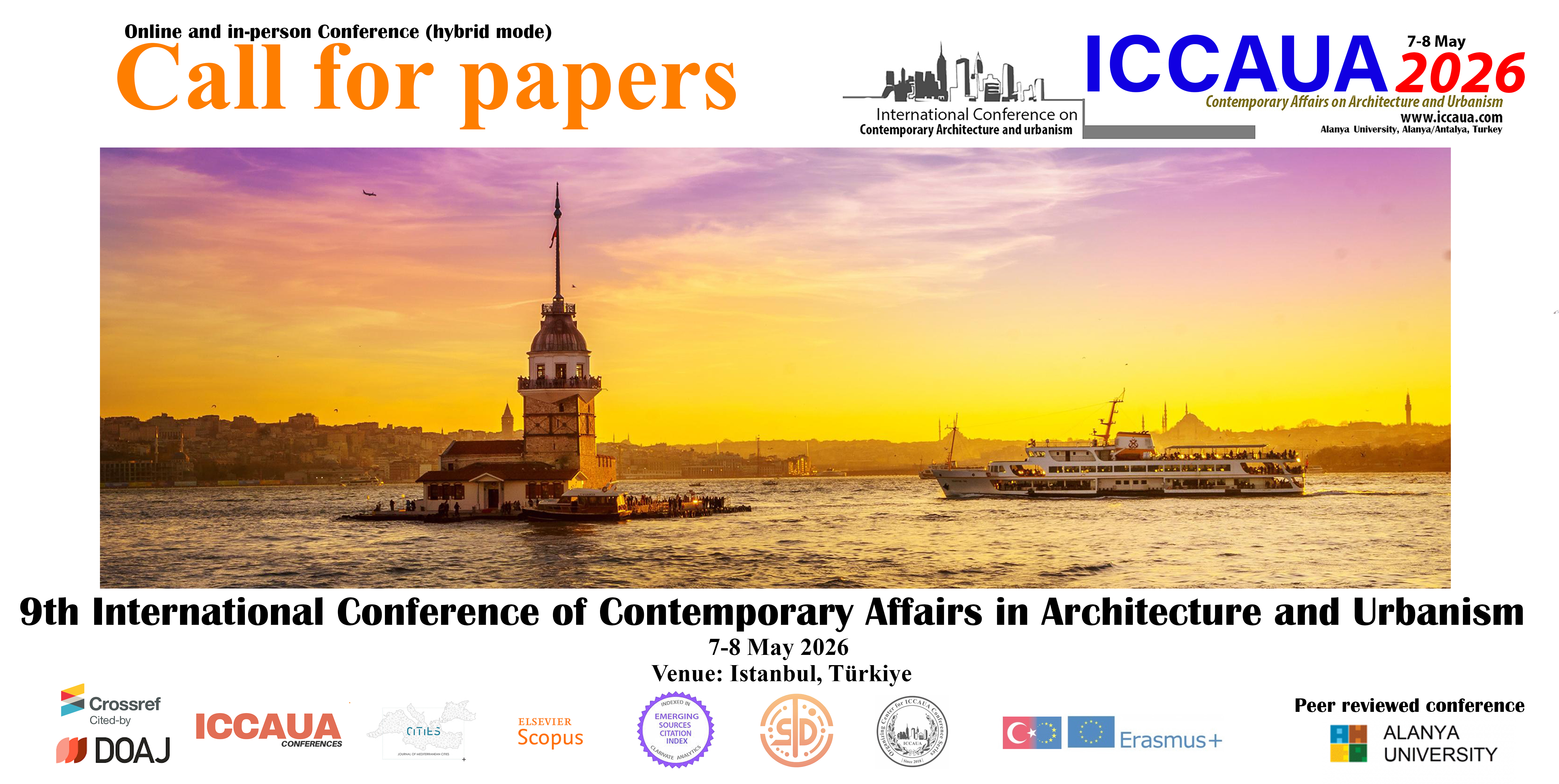Comparative Analysis of Evolving Wayfinding Behaviours in the Digital Era: A Case Study of Dhaka
DOI:
https://doi.org/10.38027/ICCAUA2025EN0300Keywords:
Wayfinding; Legibility; Spatial Cognition; Urban environment; Digital Navigation Tools.Abstract
Wayfinding behaviour is fundamental to how individuals perceive and navigate urban spaces. Kevin Lynch identified five key elements that shape mental maps and enhance urban legibility. Every year, many students migrate to Dhaka for higher education. In the dense urban environment of Dhaka, wayfinding becomes challenging as their spatial perception differs from the local students. This study examines cognitive spatial perception and dependency on digital tools in wayfinding behaviour between local and internally migrant students of the Bangladesh University of Engineering and Technology, focusing on their journey from the campus to the Dhaka University MRT Station. Using PedCatch, the study identifies two routes that are within a 15-minute walkable distance. To assess their cognitive wayfinding behaviour, sketch map analysis and a structured questionnaire were conducted among the students. Findings indicate that Lynch’s spatial elements significantly contribute to shaping cognitive ability for navigating within the urban fabric. Results also show that local students demonstrate detailed mental representations and less reliance on digital navigation tools, suggesting that familiarity with the urban environment enhances spatial cognition. The study offers insights for urban designers to integrate cognitive perceptions into urban planning strategies, improving urban legibility in the digital era.
Downloads
Downloads
Published
How to Cite
Issue
Section
License
Copyright (c) 2025 Fouzia Masud Mouri, Ridwan Noor, Ahmad Abdul Wasi, Maisha Tasnim

This work is licensed under a Creative Commons Attribution 4.0 International License.




















